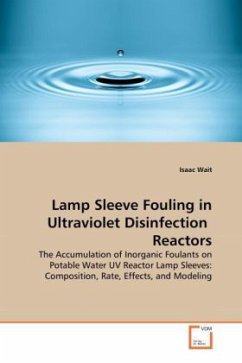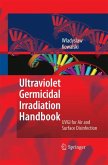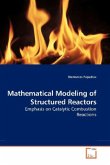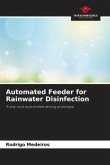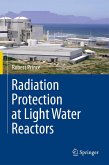The use of ultraviolet (UV) disinfection of drinking water is becoming widespread due to the benefits of enhanced protection against pathogens without forming disinfection by-products. However, one important limitation of UV is the formation of lamp sleeve foulants. Lamp sleeve foulants are problematic because they absorb the UV radiation that is generated by lamp sleeves, and is supposed to pass through lamp sleeves, into the disinfection reactor, and be absorbed by pathogens. Fouling of UV lamp sleeves has been observed in a wide variety of waters being treated, including "mineral rich" waters high in calcium, iron, and other dissolved metals, but also in waters that would be considered low in dissolved minerals. Rate of fouling also has a wide range, with some systems experiencing complete fouling in a matter of hours, and others operating months with only minimal decrease in sleeve transmittance. In this book, the mechanisms that contribute to fouling are examined through a series of field experiments, and several models are explored relative to their ability to predict the extent of problematic lamp sleeve fouling.
Bitte wählen Sie Ihr Anliegen aus.
Rechnungen
Retourenschein anfordern
Bestellstatus
Storno

